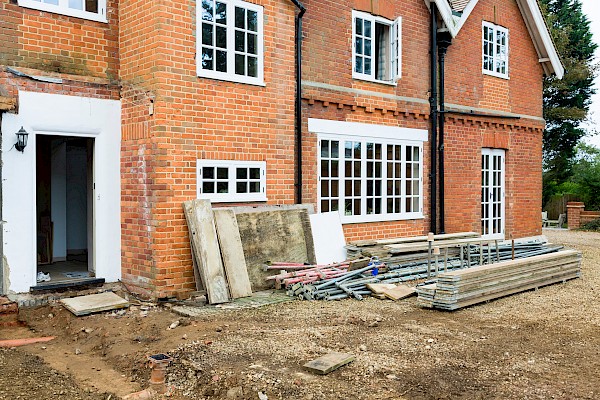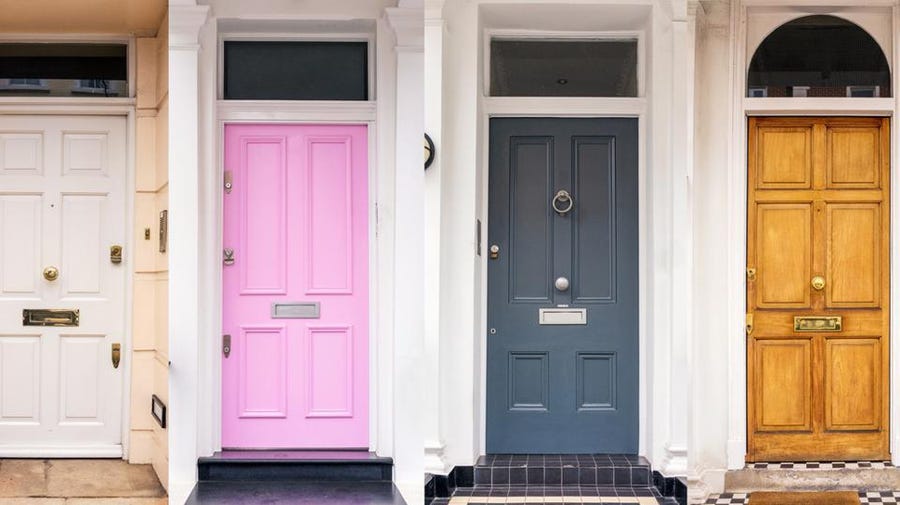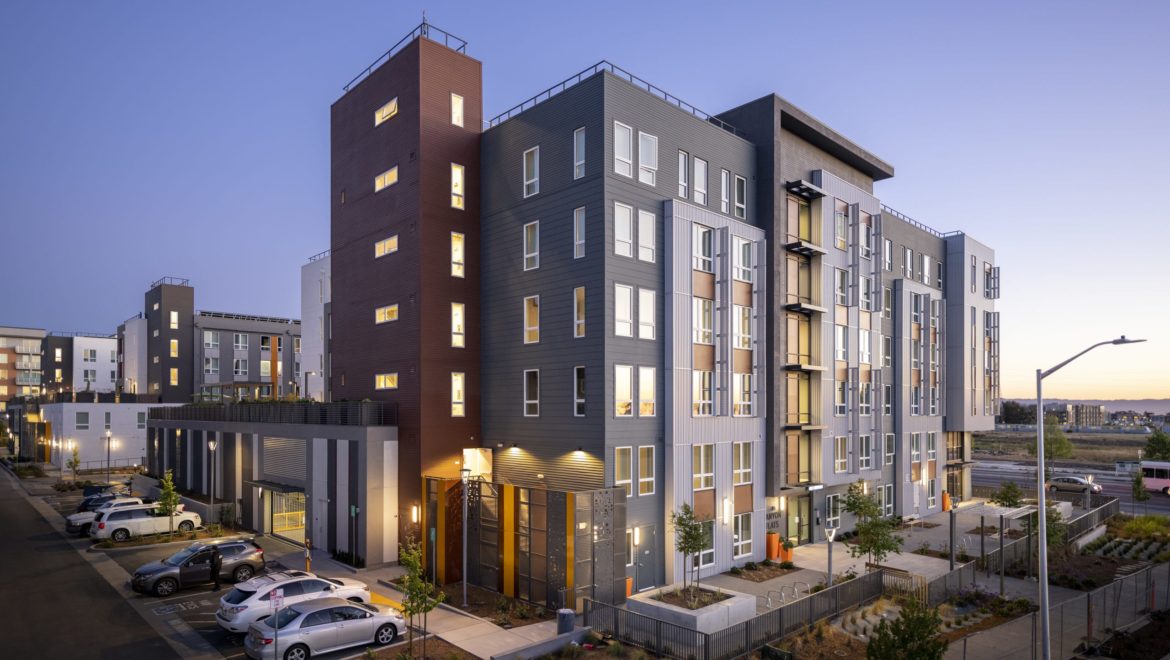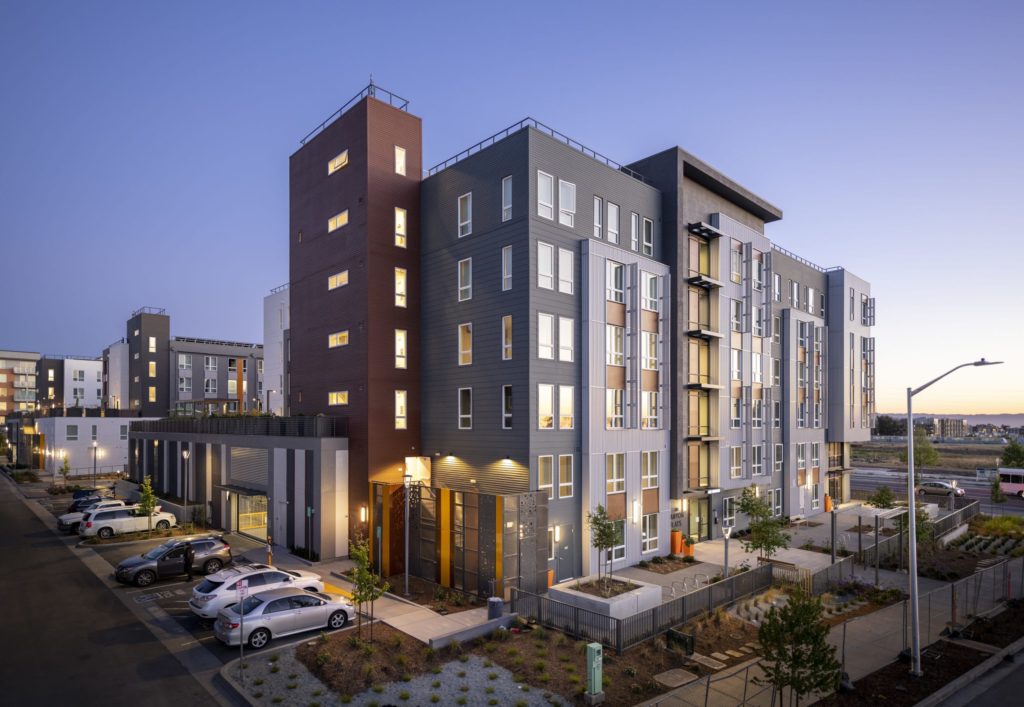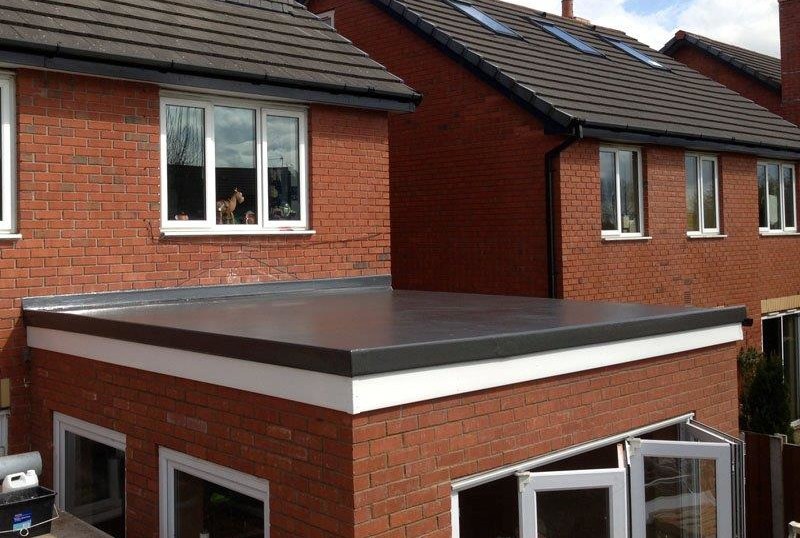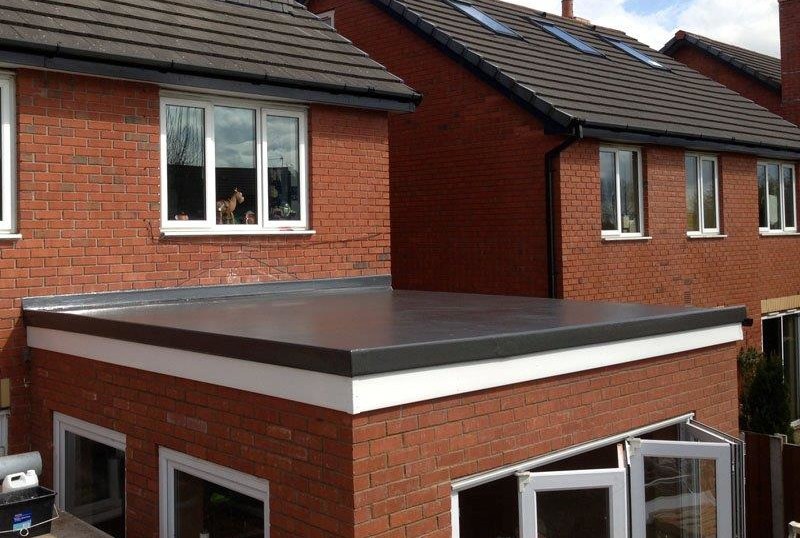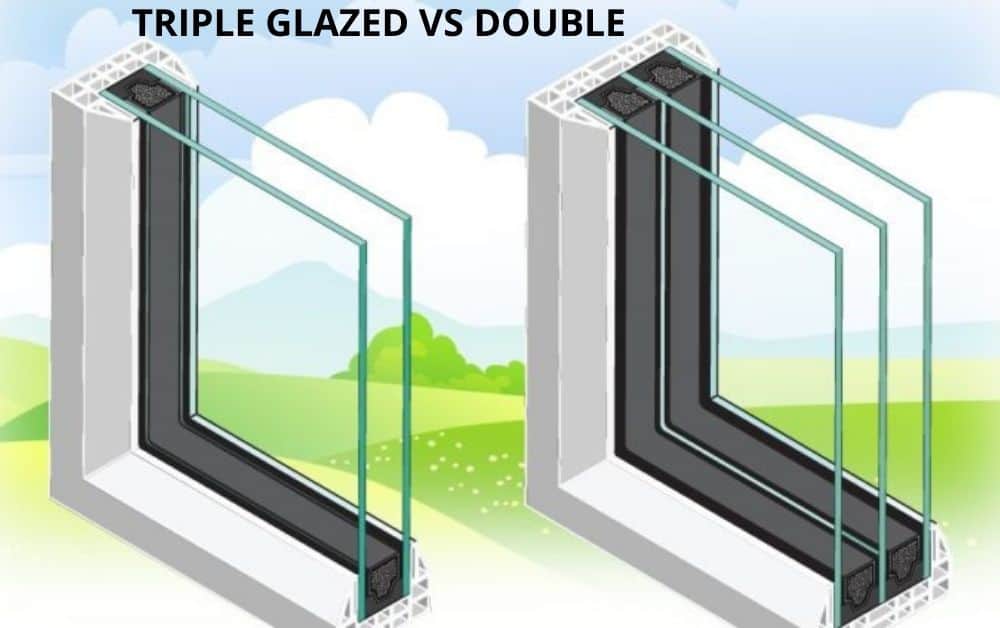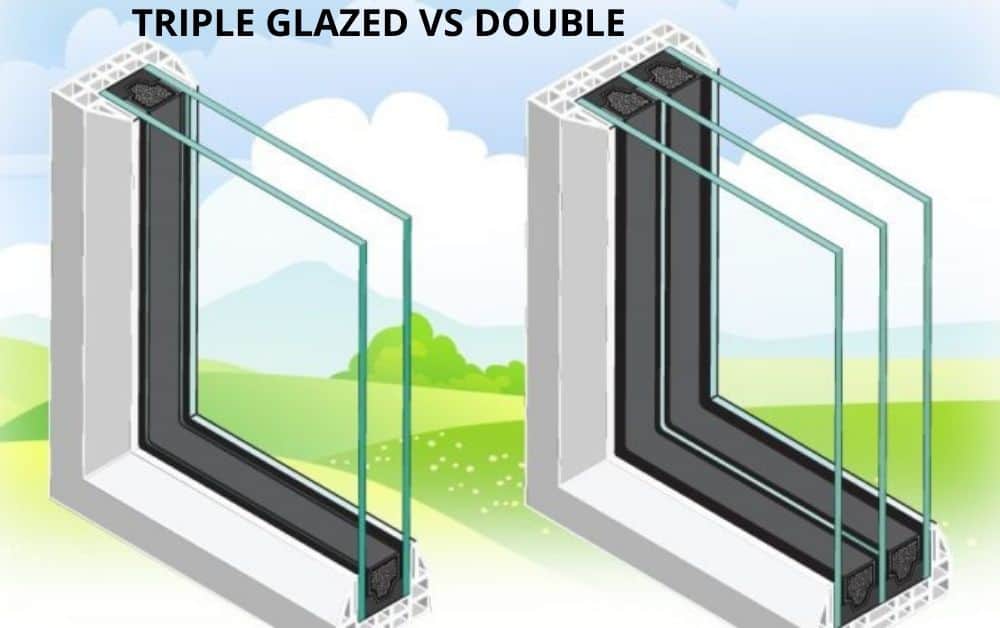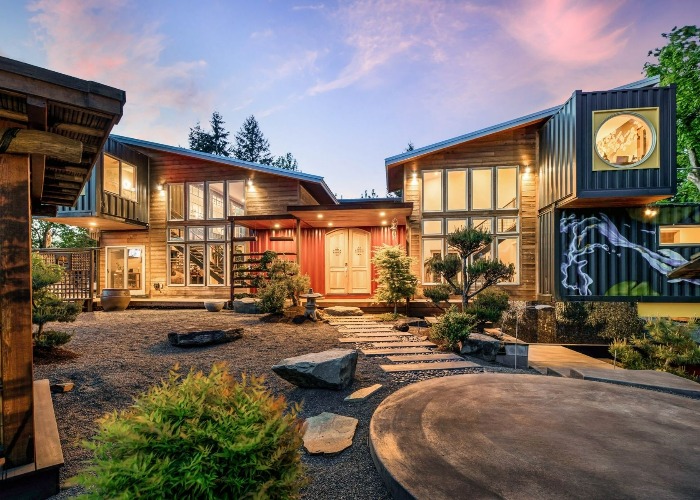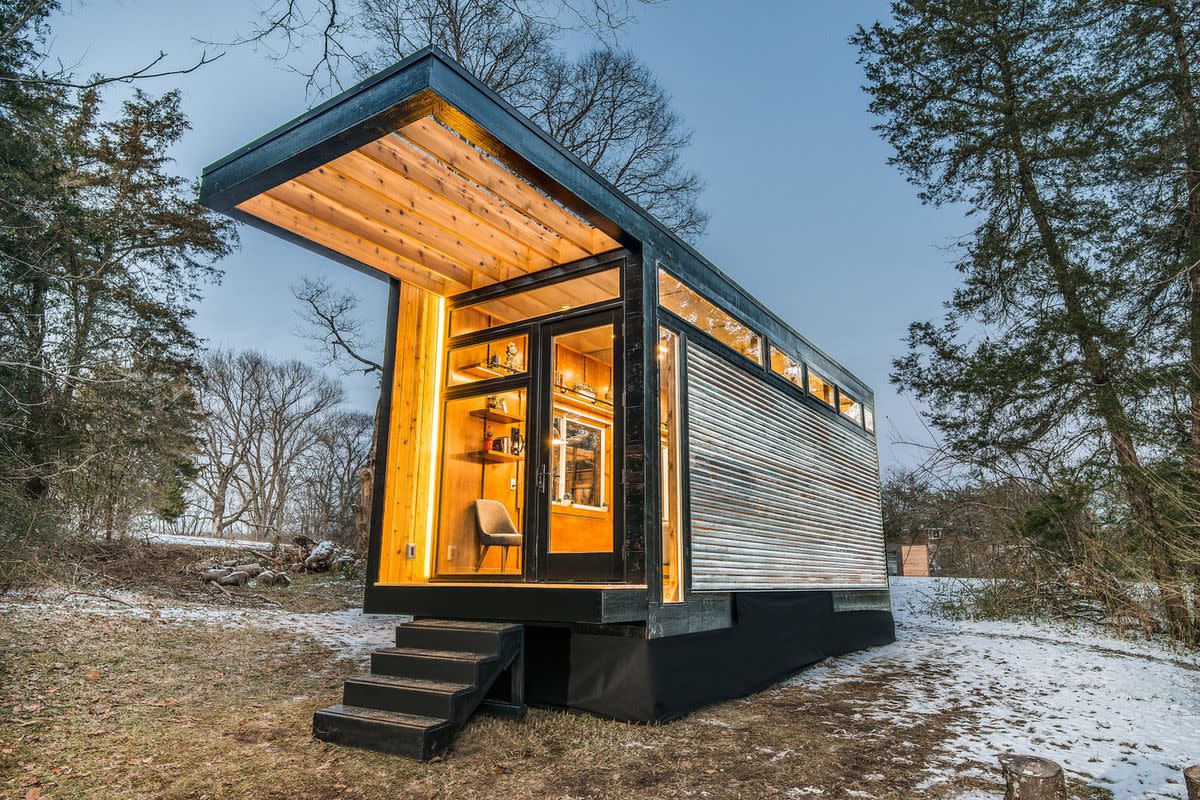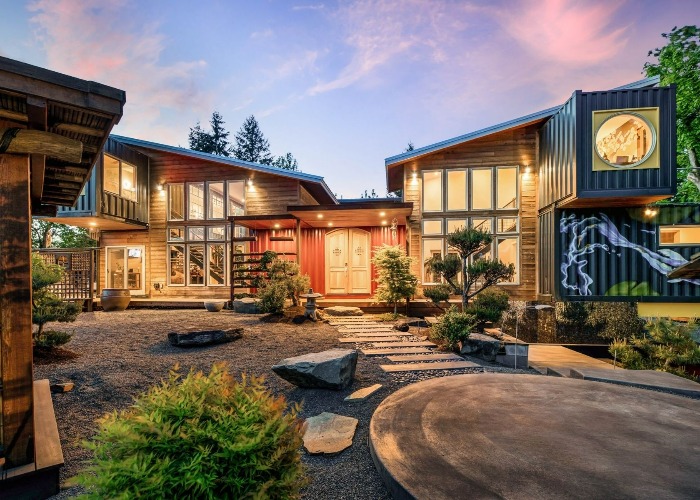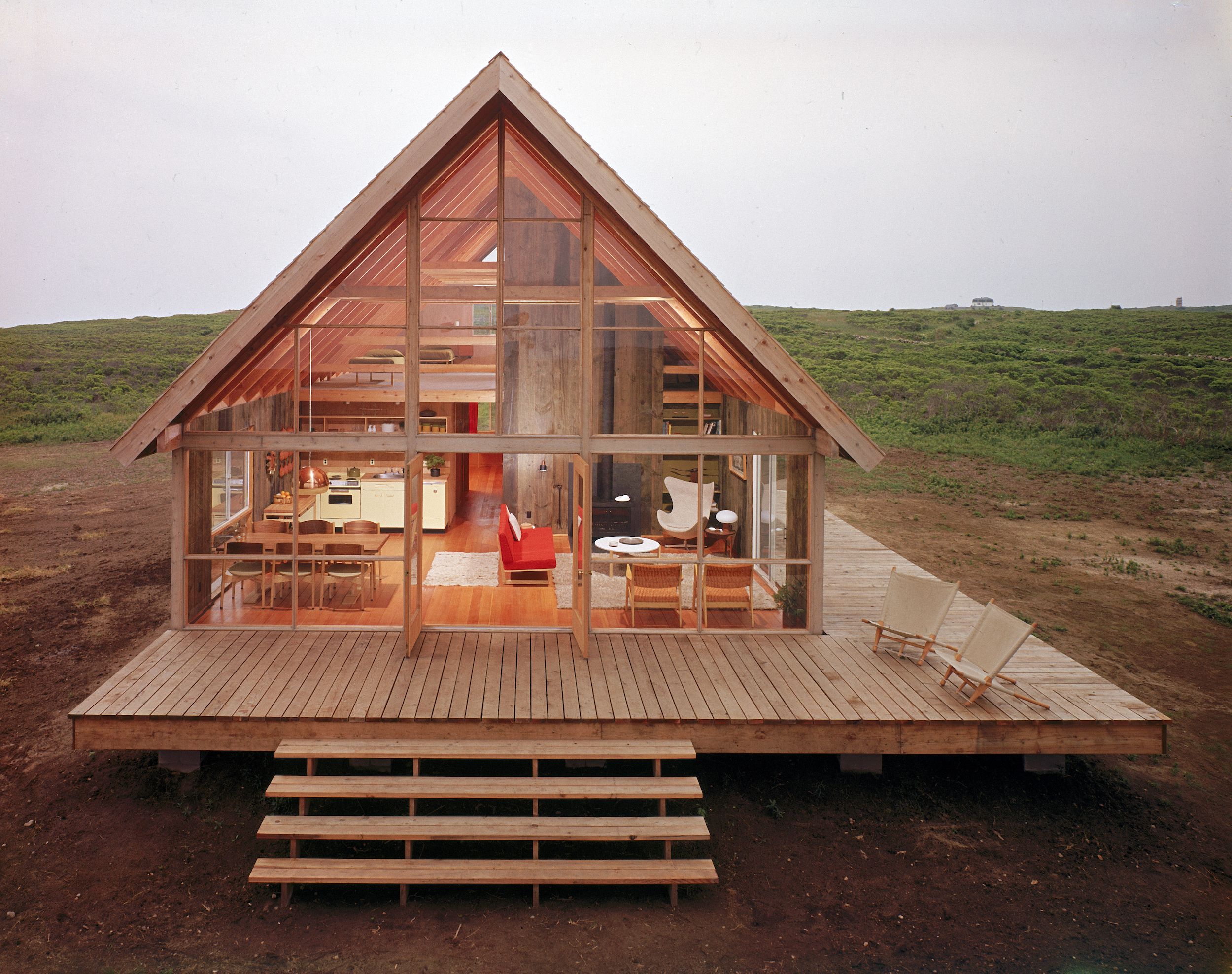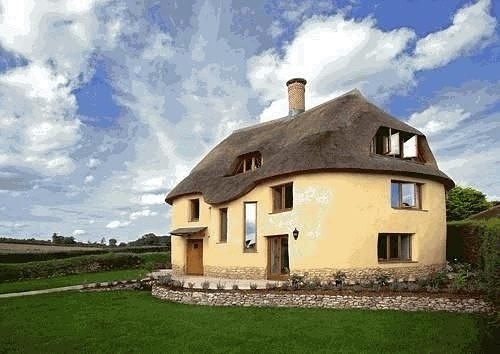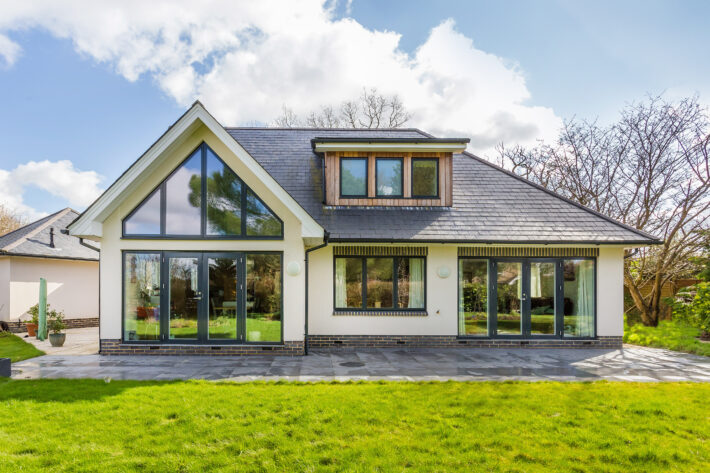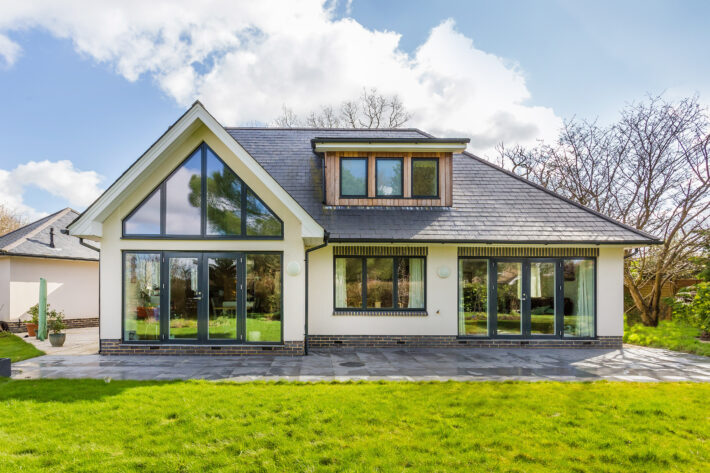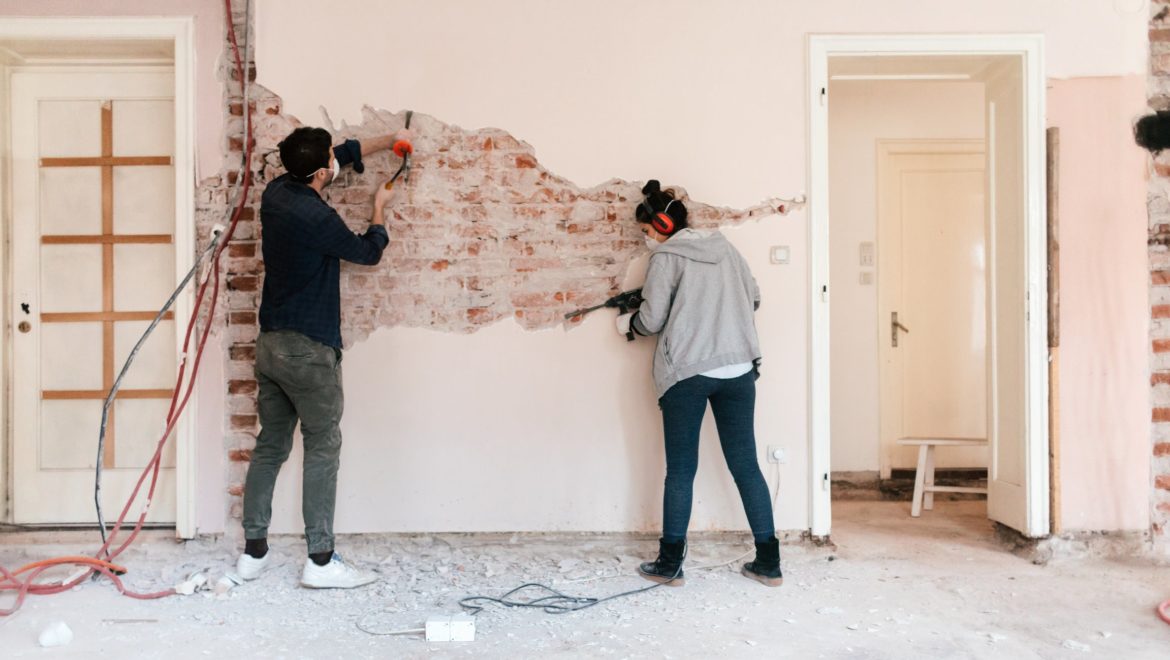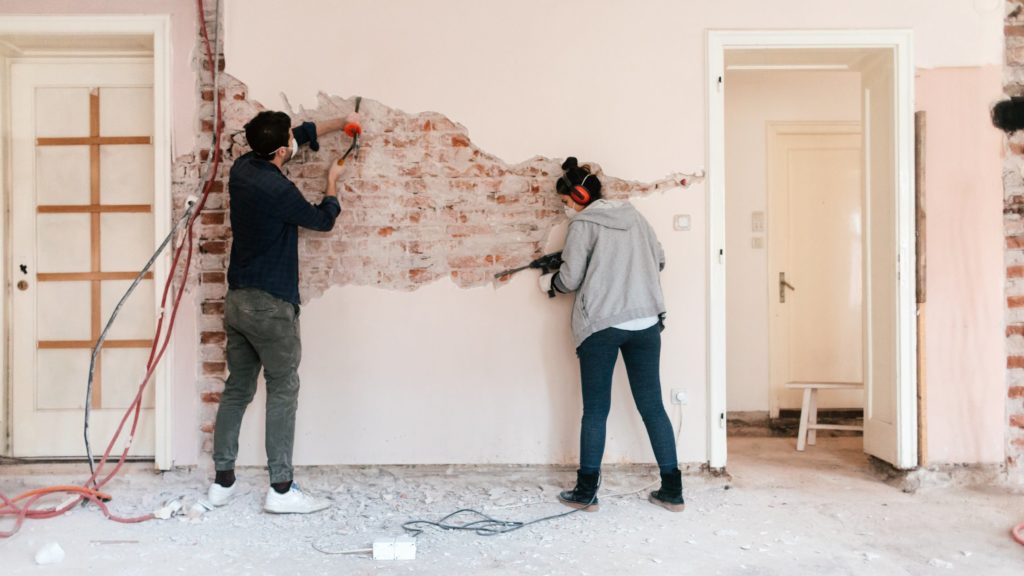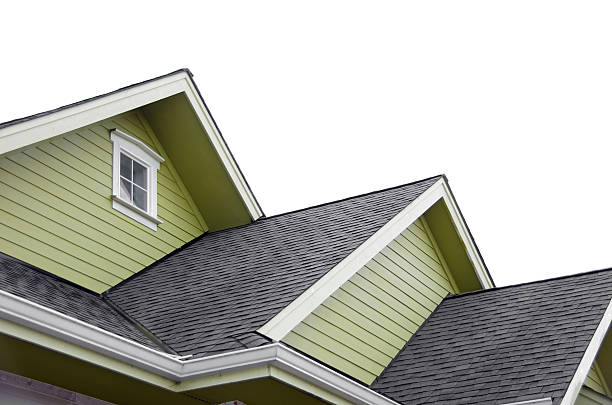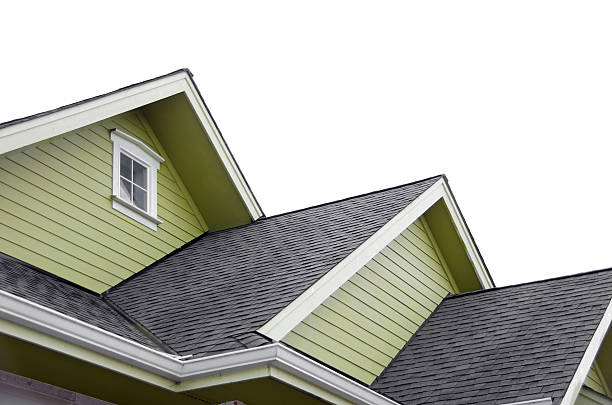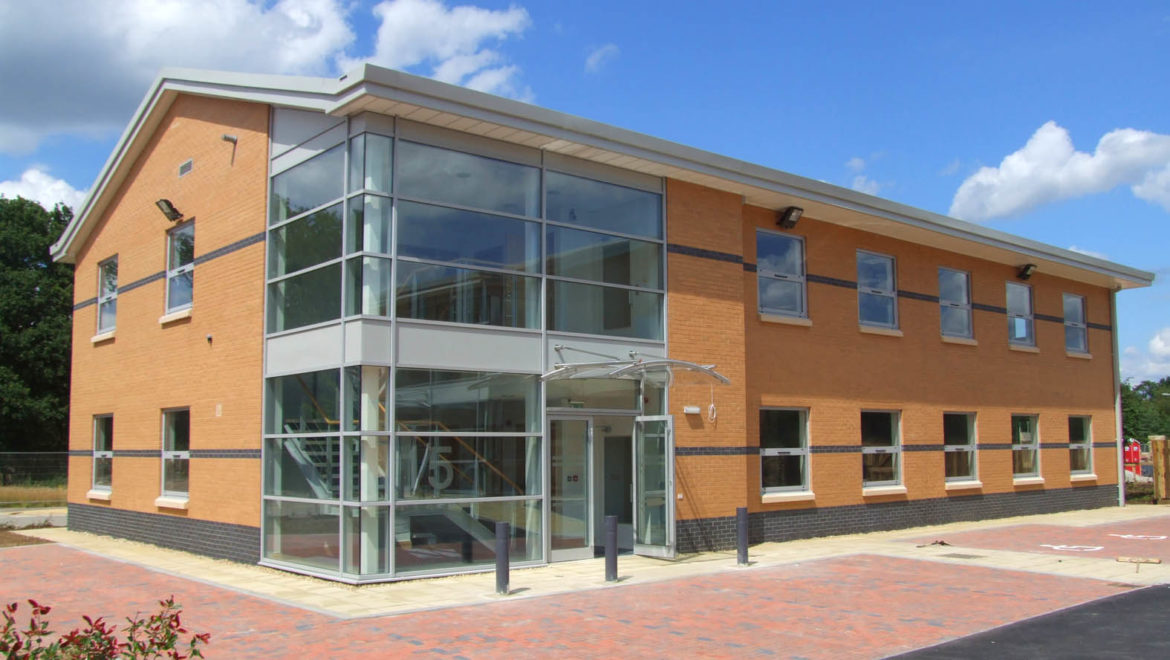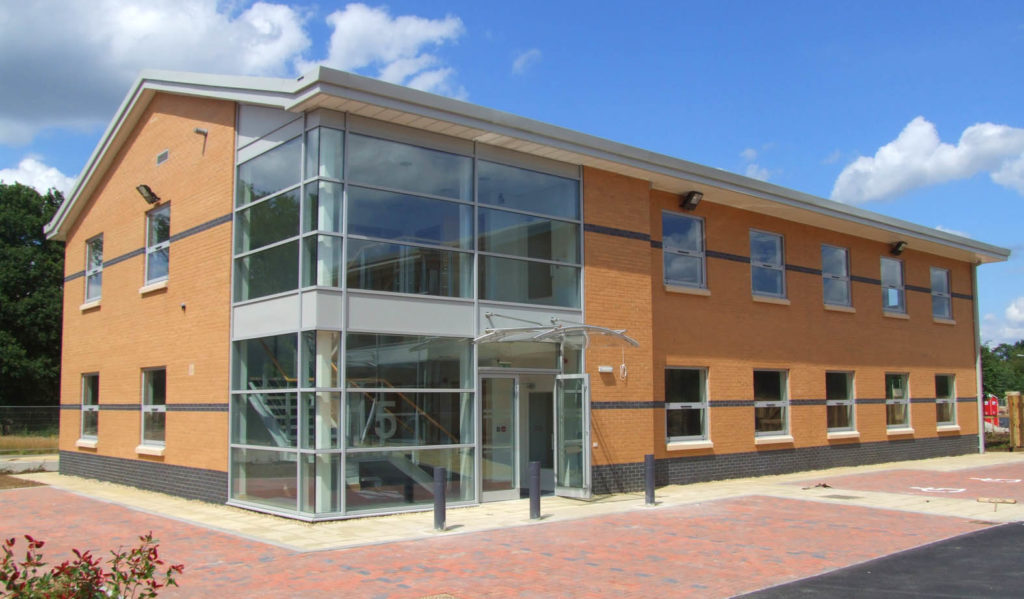What Will Happen If You Alter A Listed Building Without Consent?
What is a listed building?
Firstly, a listed building is a building that has been placed on a statutory list. Maintained by Historic England, historic environment Scottland, and in Wales and historic Northern Ireland. The building may not be demolished, extended, or altered without special permission from the local planning authority.
There are 3 types of listed buildings:
- Firstly, grade l – Buildings of exceptional interest.
- Grade ll* – Particularly important building of more than special interest.
- Finally, grade ll – buildings that are of special interest, warranting every effort to preserve them.
What is planning permission?
Planning permission refers to the approval needed for construction, expansion, and sometimes demolition.
listed building consent what is it?
Consent from the local planning authority for the demolition of a listed building or the carrying out works for the alteration or extension, in any manner that would affect its character.
Listed building offenses –
Offenses given by the planning (Listed Buildings and Conservation Areas) Act 1990.
It is a criminal offense to carry out work without having listed building consent. Not all projects require consent, only the works that affect the character of the building.
Carrying out building works to a listed building or changing it in any way without consent can result in court action and legal penalties. And it is also illegal to fail to comply with an enforcement notice.
According to the planning act 1990 under section 9. Doing work without consent to the building can result in a person being charged. As well as, being fined up to £20,000 and/or up to 6 months imprisonment.
In addition, the maximum penalty is two years’ imprisonment or an unlimited fine. In determining the fine a judge must have regard to any financial benefit which has accrued or appears likely to accrue to the wrongdoer so as to deny them any benefits.
It is also an offense for anyone who would do damage to a listed building. Or to do anything which causes or is likely to result in damage to the building with the intention of causing damage. Damage to the building by an unauthorised person other than the owner or occupier would be criminal damage under the Criminal Damage Act 1971.



